
According to tradition, Santa Claus lives in the far northern reaches of the Earth. Americans and Canadians place this at the North Pole while those of Scandinavian countries each claim his home and workshop are to be found within their own nation, usually in the region traditionally inhabited by the Sami people which is sometimes referred to in English as “Lapland.” Wherever this top-secret location might actually be located, the complex is said to include a cozy home occupied by Santa and Mrs. Claus and a sprawling workshop. It is in this workshop that Santa makes the toys and presents given out the good boys and girls of the world at Christmas. In this, he is aided by numerous elves and other supernatural beings who reside in this northern compound, often described as an entire village, as part of Santa’s family. His nine reindeer, including Rudolph, are warmly stabled here as well. This is also the place from which Santa Claus begins his one-night journey around the planet, flying in this sleigh guided by the reindeer.
In North American tradition (in the United States and Canada), Santa lives at the North Pole. This was revealed to the world in 1879 by Thomas Nast in a series of drawings that Santa’s workshop was located there (specifically the North Magnetic Pole. According to Nast, this was due to the aurora borealis being centered on it and the fact that the workshop was on land, properties that at the time described the magnetic pole which was under the Canadian Arctic Archipelago at the time. The magnetic pole has since drifted off to sea.

The North Pole is the point in the Northern Hemisphere where the Earth’s axis of rotation meets its surface. It is the northernmost point on the Earth, lying diametrically opposite the South Pole and defines geodetic latitude 90° North, as well as the direction of true north. At the North Pole, all directions point south; all lines of longitude converge there, so its longitude can be defined as any degree value. Along tight latitude circles, counterclockwise is east and clockwise is west. The North Pole is at the center of the Northern Hemisphere.
While the South Pole lies on a continental land mass, the North Pole is located in the middle of the Arctic Ocean amid waters that are almost permanently covered with constantly shifting sea ice.This, of course, aids in keeping the location of Santa’s home and workshop a secret.
According to Canada Post, the North Pole lies within Canadian jurisdiction in postal code H0H 0H0 (translating to “ho ho ho”, Santa’s famous greeting, although postal codes starting with H are usually reserved for the island of Montreal in Québec). On December 23, 2008, Jason Kenney, Canada’s minister of Citizenship, Immigration and Multiculturalism, formally awarded Canadian citizenship status to Santa Claus. “The Government of Canada wishes Santa the very best in his Christmas Eve duties and wants to let him know that, as a Canadian citizen, he has the automatic right to re-enter Canada once his trip around the world is complete,” Kenney said in an official statement.

There is also a city named North Pole in Alaska where a tourist attraction known as the “Santa Claus House” has been established. The United States Postal Service uses the city’s ZIP code of 99705 as their advertised postal code for Santa Claus. A Wendy’s fast food restaurant in North Pole, Alaska, has also claimed to have a “sleigh fly through”, in addition to it’s regular drive-through window for regular customers.
The association of Santa Claus with the North Pole reflects an age-old esoteric mythology of Hyperborea that posits the North Pole, the otherworldly world-axis, as the abode of God and superhuman beings. The popular figure of the pole-dwelling Santa Claus thus functions as an archetype of spiritual purity and transcendence.
Each Nordic country, however, claims Santa’s residence to be within their territory. Norway claims he lives in Drøbak. In Denmark, he is said to live in Greenland (near Uummannaq). In Sweden, the town of Mora has a theme park named Tomteland. The national postal terminal in Tomteboda in Stockholm receives children’s letters for Santa. In Finland, Korvatunturi has long been known as Santa’s home, and two theme parks, Santa Claus Village and Santa Park are located near Rovaniemi. In Belarus there is a home of Ded Moroz in Belovezhskaya Pushcha National Park.
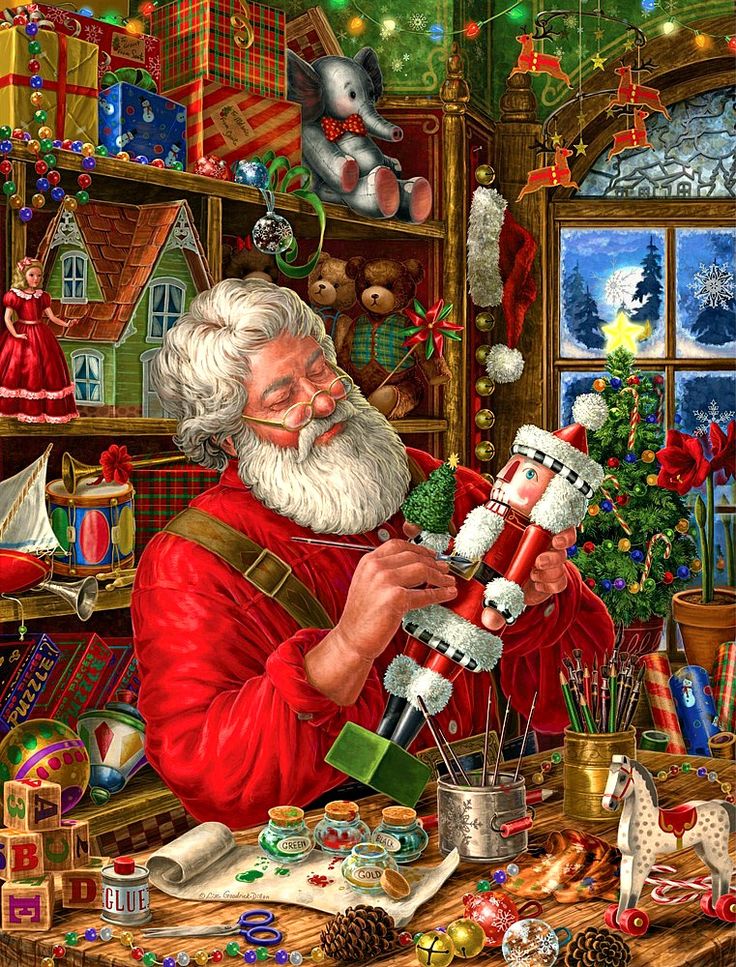
The area traditionally inhabited by the Sami people — called Sápmi — is located in Northern Europe and includes the northern parts of the Fennoscandian Peninsula. The region stretches over four countries: Norway, Sweden, Finland, and Russia. On the north it is bounded by the Barents Sea, on the west by the Norwegian Sea and on the east by the White Sea. Despite being the namesake of the region, the Sami people are estimated to only make up around 5% of its total population. No political organization advocates secession, although several groups desire more territorial autonomy and/or more self-determination for the region’s indigenous population. The area is often referred to in English as Lapland, but this is erroneous since Lapland is more precisely the interior parts of Swedish Sápmi, and Finnish Sápmi. The Norwegian and Russian parts of Sápmi are not part of Lapland. Many Sámis oppose the use of the name Lapland, as it is considered derogatory and is not the name that Sámis have used.
In the 20th century, it became common during December in large shops or department stores to have a “cavern” in which Santa Claus would appear to give gifts to children. Grottos can be large walk-through fantasy cavern-like areas incorporating animatronic characters such as elves and pantomime characters. This tradition started in Britain in 1879 and then extended in the 1890s to Australian and American department stores seeking to attract customers. The world’s first Christmas grotto was in Lewis’s Bon Marche Department Store in Liverpool, England. The grotto was opened in 1879, entitled “Christmas Fairyland”. A staple of Liverpool’s festive season, many generations first visited Father Christmas here, with the final displays covering over 10,000 square feet (930 m²). The Grotto has now moved to Rapid Hardware’s store in the former George Henry Lee (John Lewis) building. Shopping malls have also setup interactive exhibits.
In Adelaide, South Australia, the first “Magic Cave” was set up in 1896 at the John Martin’s department store on Rundle Street. An annual store-sponsored parade, Adelaide Christmas Pageant, was initiated in 1933 during which Father Christmas was conducted to the Magic Cave to formally herald the holiday season. Since the closure of John Martin’s, the David Jones stores, have continued the tradition of the Magic Cave but no where near to the extent John Martin’s did, in Adelaide as well as in other Australian capitals while the annual South Australia parade marked its 75th anniversary in 2007.
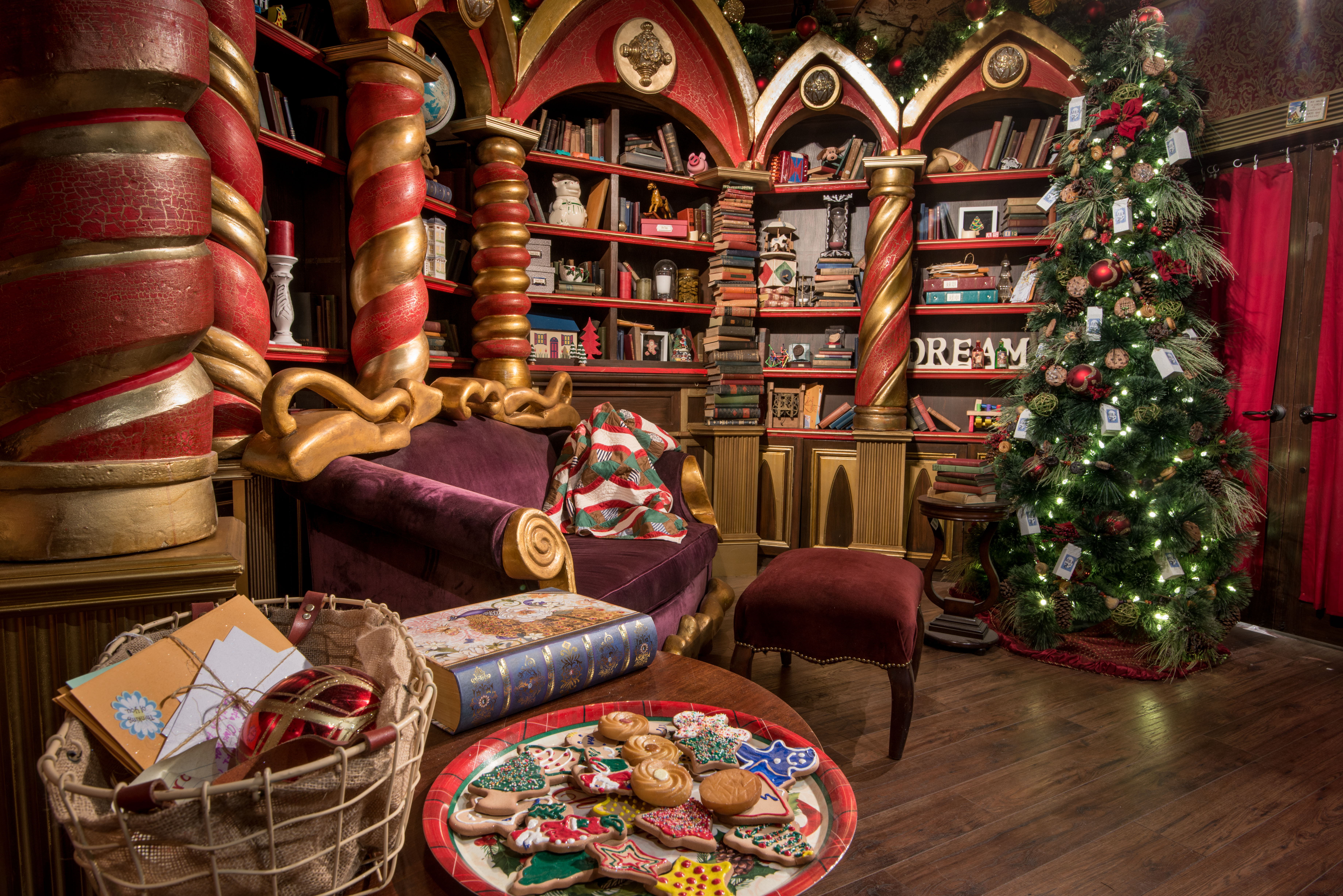
Department stores and shopping centers in the United Kingdom still host Santa’s Grottoes. It is traditional that the children receive a toy from Father Christmas upon visiting his Grotto be it in a shopping mall or a little garden center. Grottoes are sometimes free and sometimes they charge parents to let their kids see Santa and receive a surprise gift.
In the United States, department stores and shopping centers sponsor Santa Claus appearances in a designated area, usually decorated with a huge Christmas tree. Santa is usually accompanied by one or two attractive female elves (called “Santies” where I live in Thailand now). As explained by my father when I was a young child, the real Santa is much too busy at the North Pole finishing making toys and checking lists to make the appearances himself. Thus, he selects “authorized agents” to travel to the malls in his stead. My father always made sure to point out the occasional “unauthorized agents” to my sister and I.
A themed attraction in Santa Claus, Indiana, named Santa’s Candy Castle emulates the traditional depiction of Santa’s workshop. There is also a Santa’s Workshop amusement park in North Pole, New York. The world’s oldest theme park, Holiday World & Splashin’ Safari was known as “Santa Claus Land” prior to 1984 and is in Santa Claus, Indiana as well.
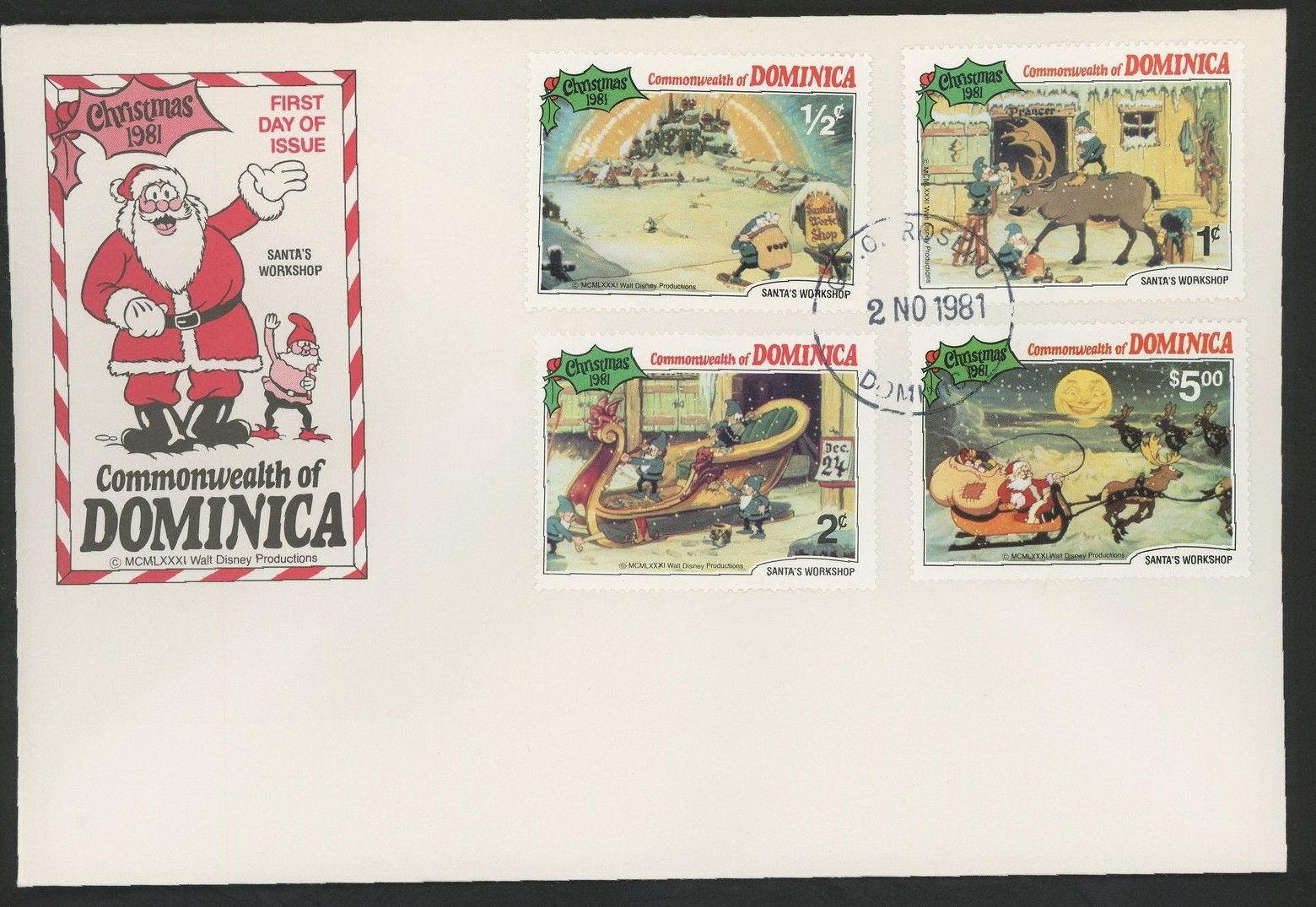
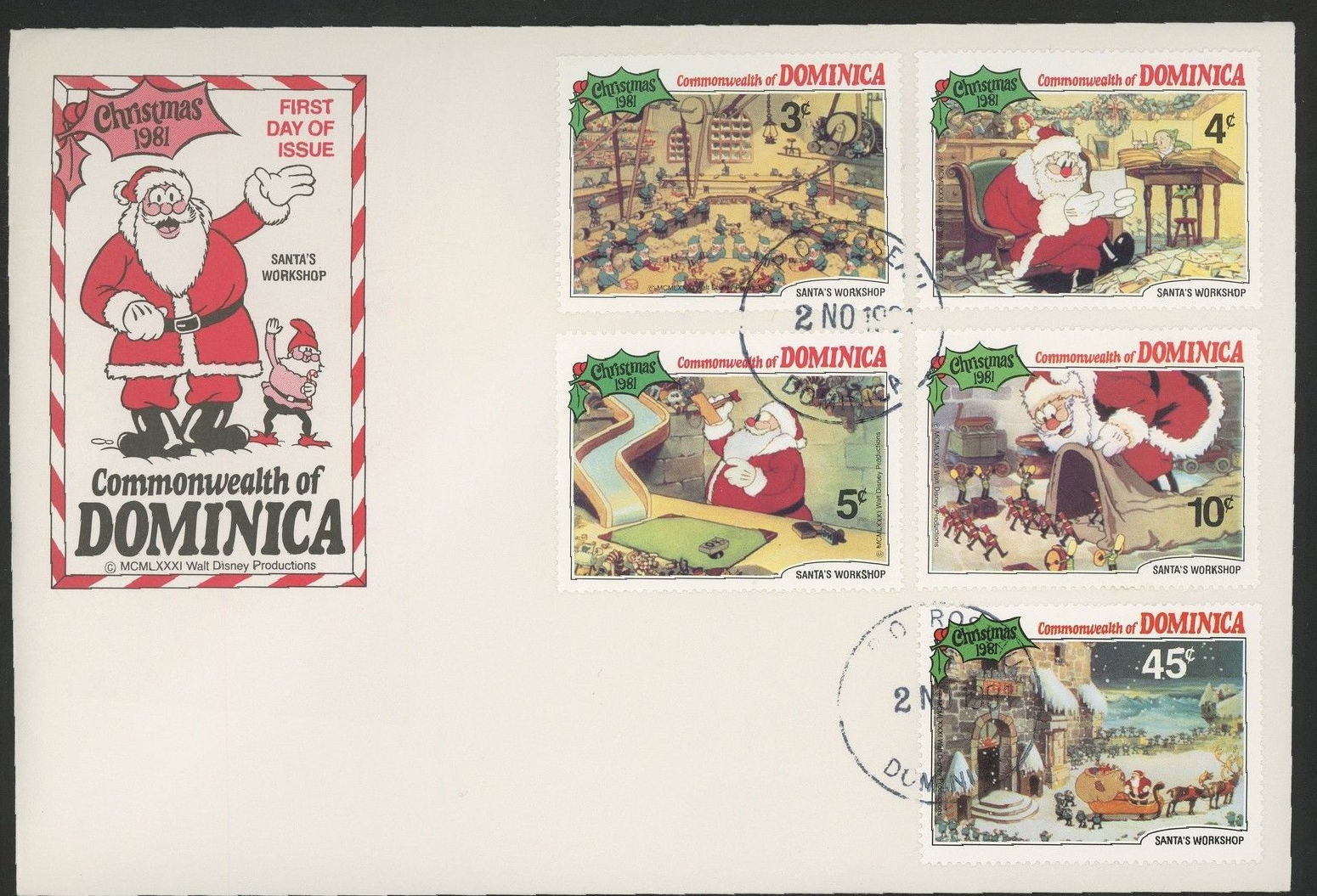
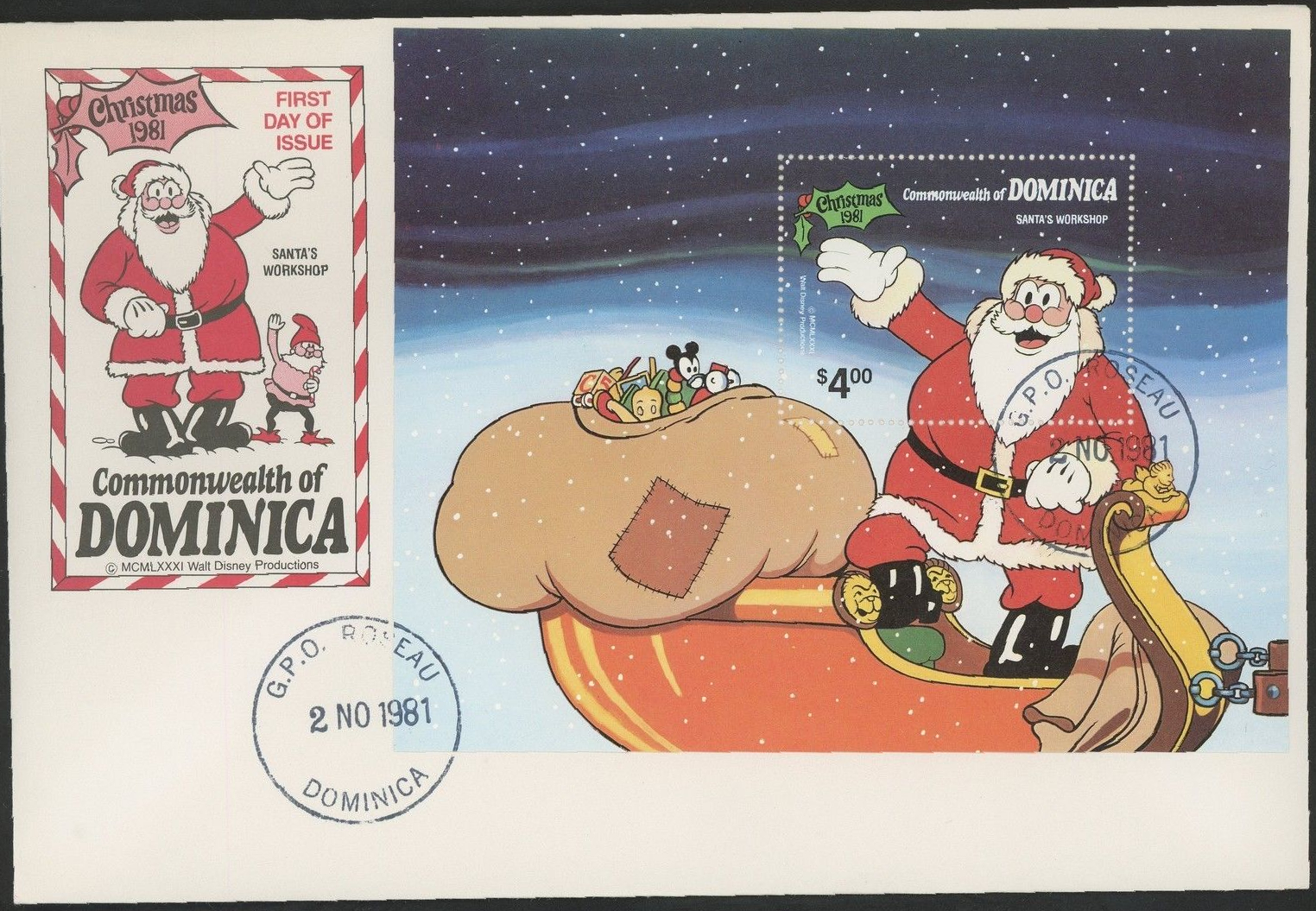
The set of Christmas stamps issued by the Commonwealth of Dominica — an island country in the West Indies between Guadeloupe and Martinique — on November 2, 1981, consisted of nine stamps and one souvenir sheet (Scott #706-715) depicting scenes from the Disney short film Santa’s Workshop, directed by Wilfred Jackson and first released on December 10, 1932, in the Silly Symphonies series. This was the first Walt Disney classic featuring Santa Claus and his elves, known as the “Merry Merry Men of the Midnight Sun”, according to the jingles at the beginning and end of the film. The short features the first of the Marche Militaires by Franz Peter Schubert.
The stamps were printed using offset lithography, comb-perforated 14 x 13¾ with denominations in East Caribbean dollars: ½ cent, 1 cent, 2 cents, 3 cents, 4 cents, 5 cents, 10 cents, 45 cents, and 5 dollars. The souvenir sheet has a face value of 4 dollars. Scott #709 features an interior shot of Santa’s workshop that appears in the film at about the 2-minute 20-second mark. The film features Santa Claus and his elves preparing for Christmas in Santa’s workshop. There is no overarching story; instead the six-minute and 21-second short is a progression of scenes moving from the different toys being made, to shots of Santa approving toys or reading his naughty/nice list. In seemingly every shot in this short, there is an overabundance of details that make it a richer, deeper looking short than seen before. Whereas the Mickey shorts or earlier Silly Symphony films featured sparse backgrounds and focused on the characters, the fun of Santa’s Workshop is the detail in the background.

A wide shot of the workshop starts it, but every shot is full of toys, games and more that are being made by the elves. When Santa is standing and approving the toys, you see a stack of toys all around him. Normally, this would be just neat little boxes, but this short packs in a huge pile of toys, adding more authenticity to the workshop. One elf alerts the others by saying to get a move on because tomorrow is Christmas Day. There were elves cleaning the reindeer, the sleigh, and other things as Santa prepared for his yearly journey to deliver presents to children.
The first view of Santa has him reading letters from children to an older elf, who is checking to see which children are naughty or nice. Molly wants a dolly, and the elf says she has been good, so no problem there. Billy Brown wrote an extremely long letter detailing his requests; because of how many animals he wanted, Santa kids around and says he would get him Noah’s Ark instead. The older elf points out that for seven years, Billy hasn’t washed behind his ears! So, Santa compromises by asking an elf to include a cake of soap in his package.
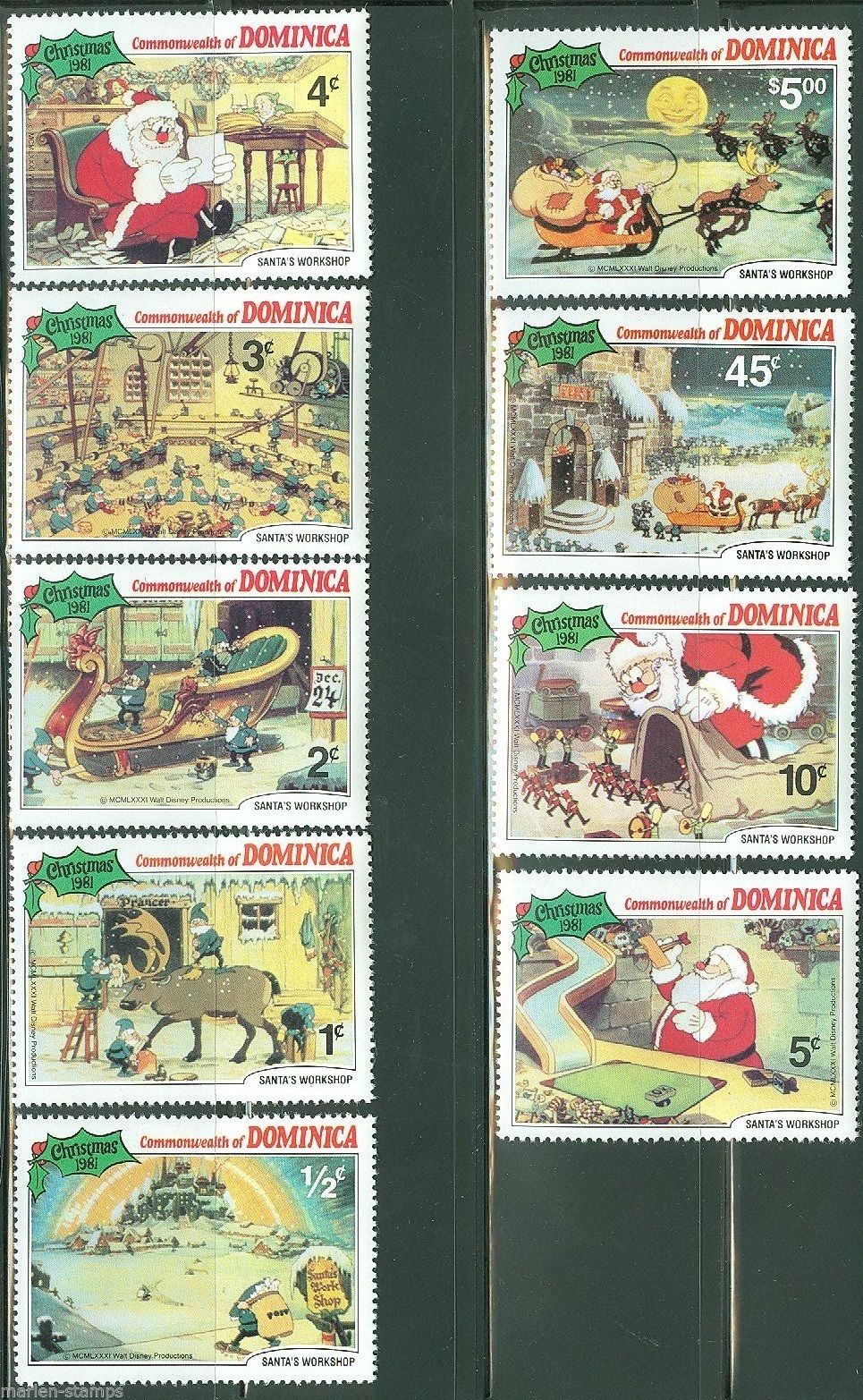
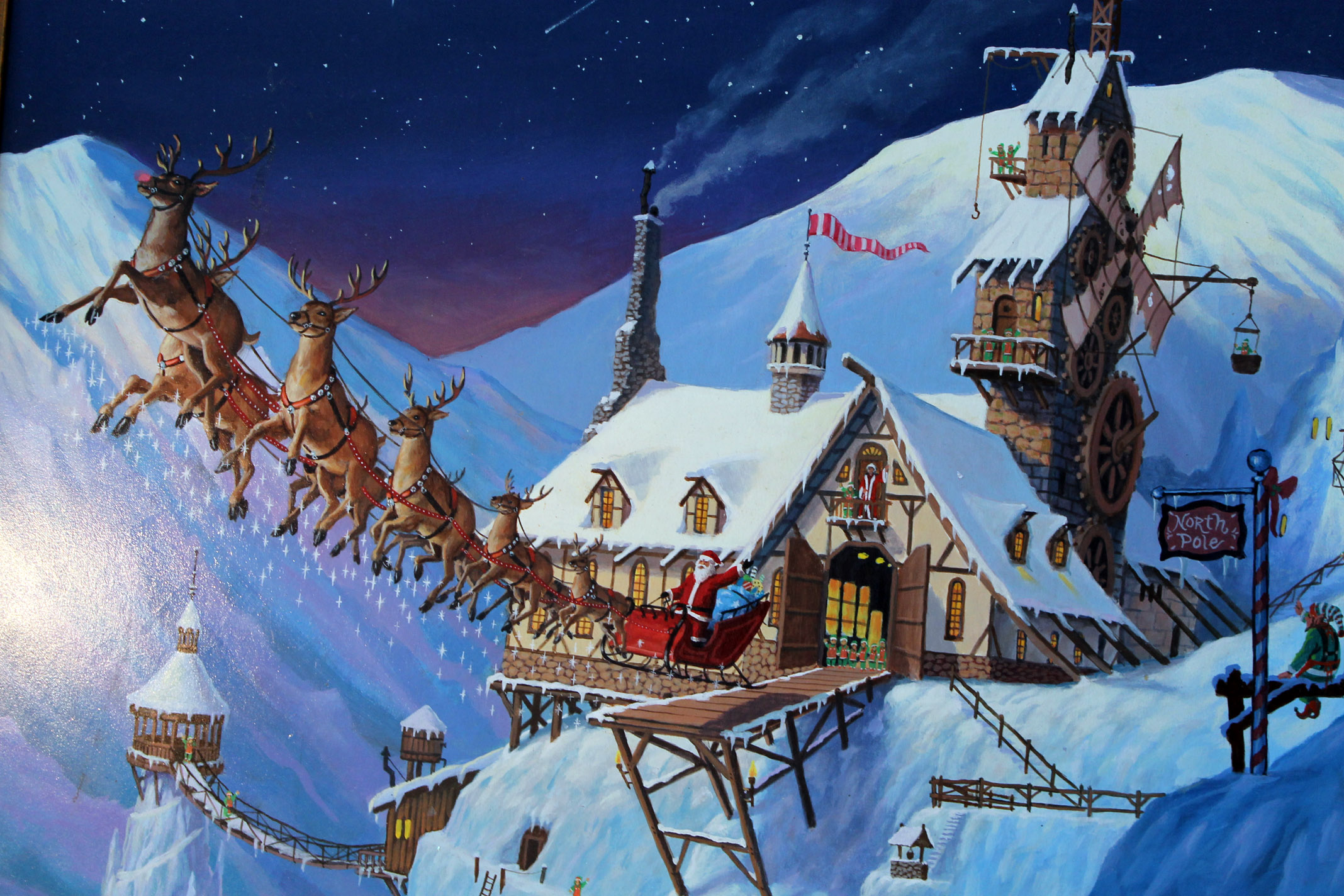
Returning to the workshop, we see the elves hard at work putting together toys for the children. We notice one assembly line putting a horse together in chronological order, then a few others painting dolls and checkerboards followed by an elf scaring the wits out of the dolls. This elf nests a spider in front of her face, causing the hair to naturally stand up. As it does, the curlers come down, and they take care of curling the hair. Santa then stamps “OK” on the dolls and throws a plane which he catches with his mouth. Disliking the taste, he throws it again and the plane crashes into all the shelves of toys, harmlessly landing into a perfect display in front of the tree.
A long sequence of many varieties of dolls come marching in, such as a black marching band, wooden soldiers better known as Radio City Rejects, several penguins, an elephant, a donkey, two Oriental dolls blowing their hair straight up, a Charlie Chaplin doll with a cop, a black doll on a donkey cart, Noah’s ark, a few ducks, tumbling teddy bears, two piggy banks, a Russian dancer, and a jack-in-the-box. They all marched into Santa’s bag, and upon conclusion, the elves helped carry it to his sleigh. Santa then sings his goodbyes to everyone and away he and the nine reindeer ascend on their journey around the world.
A sequel, The Night Before Christmas, partially based on A Visit from St. Nicholas by Clement Moore, was made in 1933, portraying Santa leaving the toys in a house with nine children.
In Sweden and Norway, Santa’s Workshop is part of the Christmas television special From All of Us to All of You, traditionally shown at Christmas Eve. Various stereotypes in the film have been censored several times.
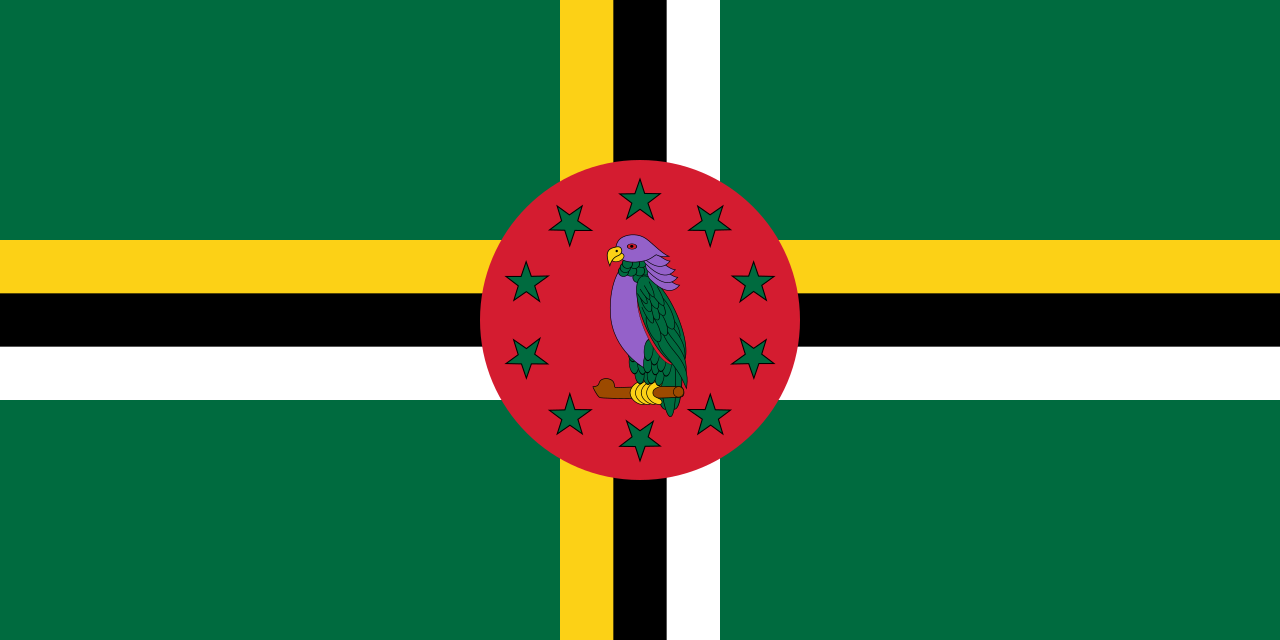




One thought on “A Month of Christmas: Santa’s Home & Workshop”